I am designing a custom board. I have a USB to Ethernet converter which has 10/100 PHY and I want to connect that PHY to the gigabit Ethernet PHY. I have researched about that problem and found a Microchip topic which I shared below.
On the Microchip site they suggest that I can connect two differential pair of 10/100 Mbps to MDI differential pairs A, B and leave the C, D pairs unconnected.
But I don't want to use a transformer when I connect them. I found an image in an Intel application note which I shared below to connect them without transformer, but it is about connecting two 10/100 Mbps PHYs. Do you have any suggestion on how to connect a 10/100 Mbps Ethernet PHY to a Gigabit Ethernet PHY?
